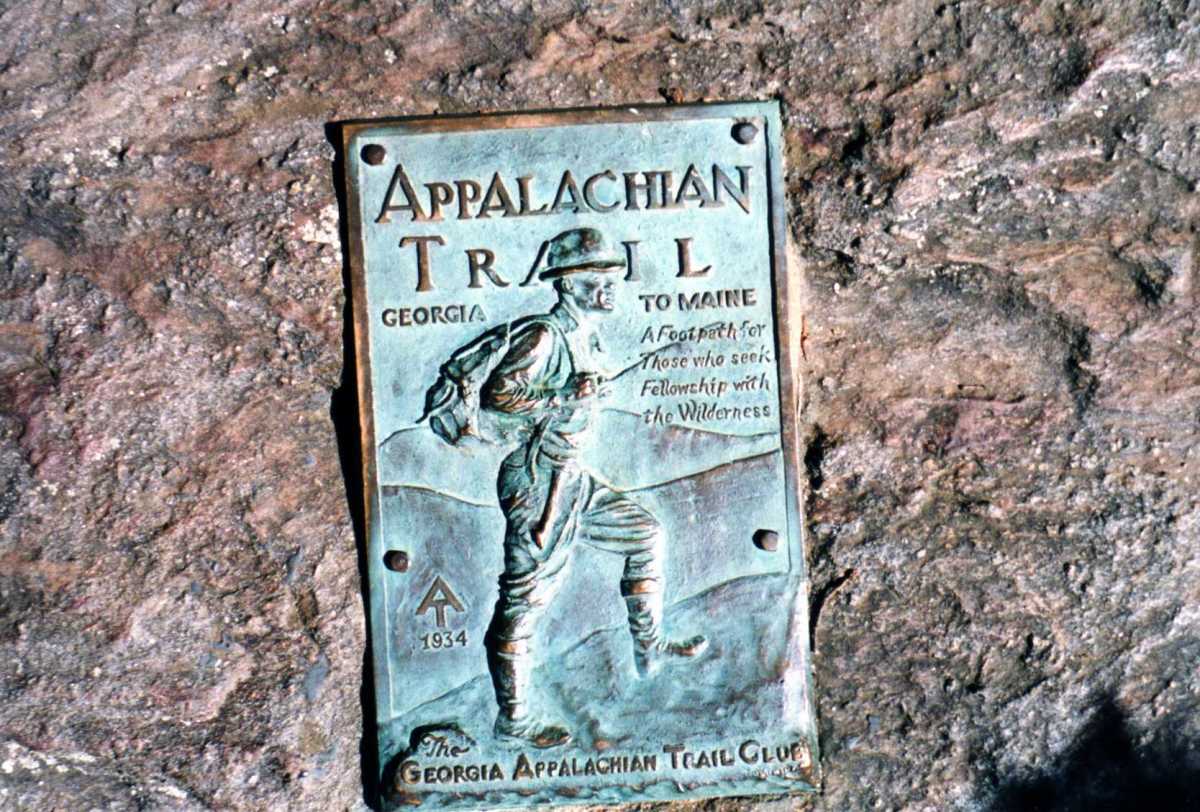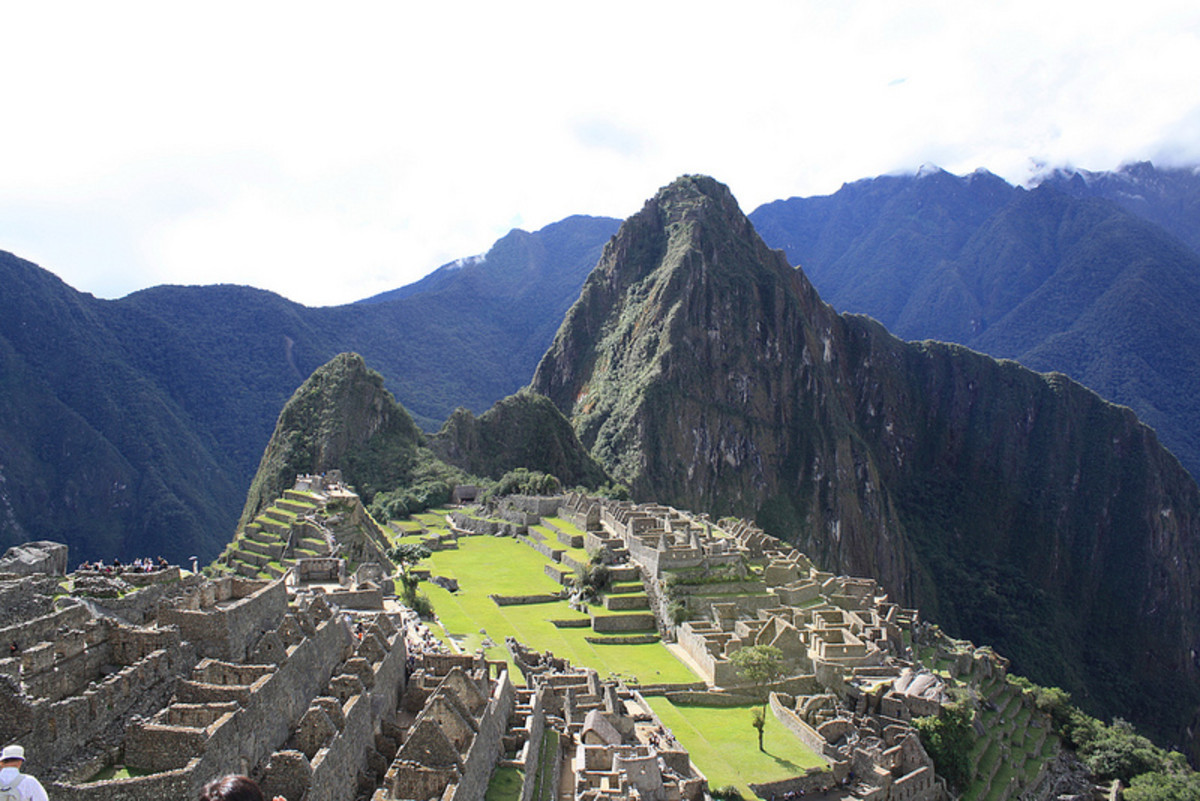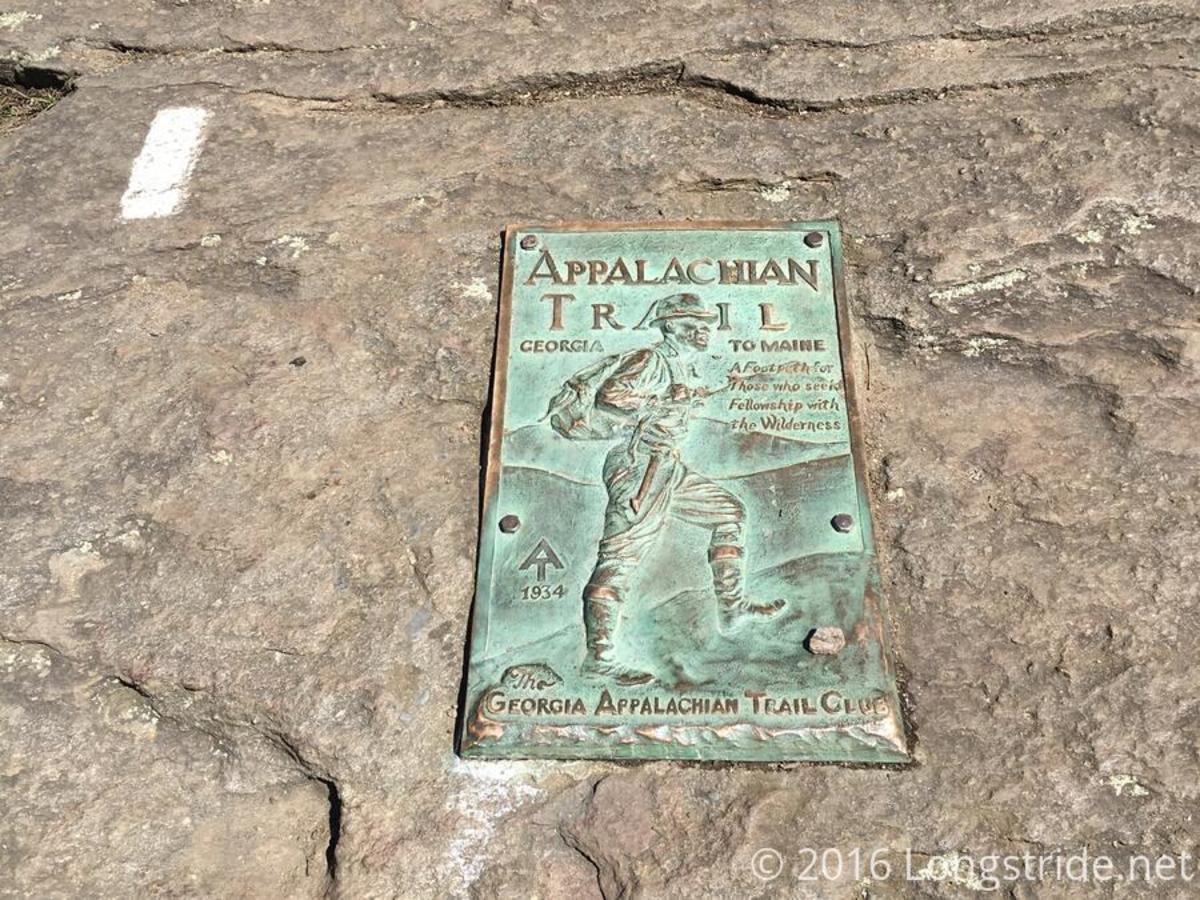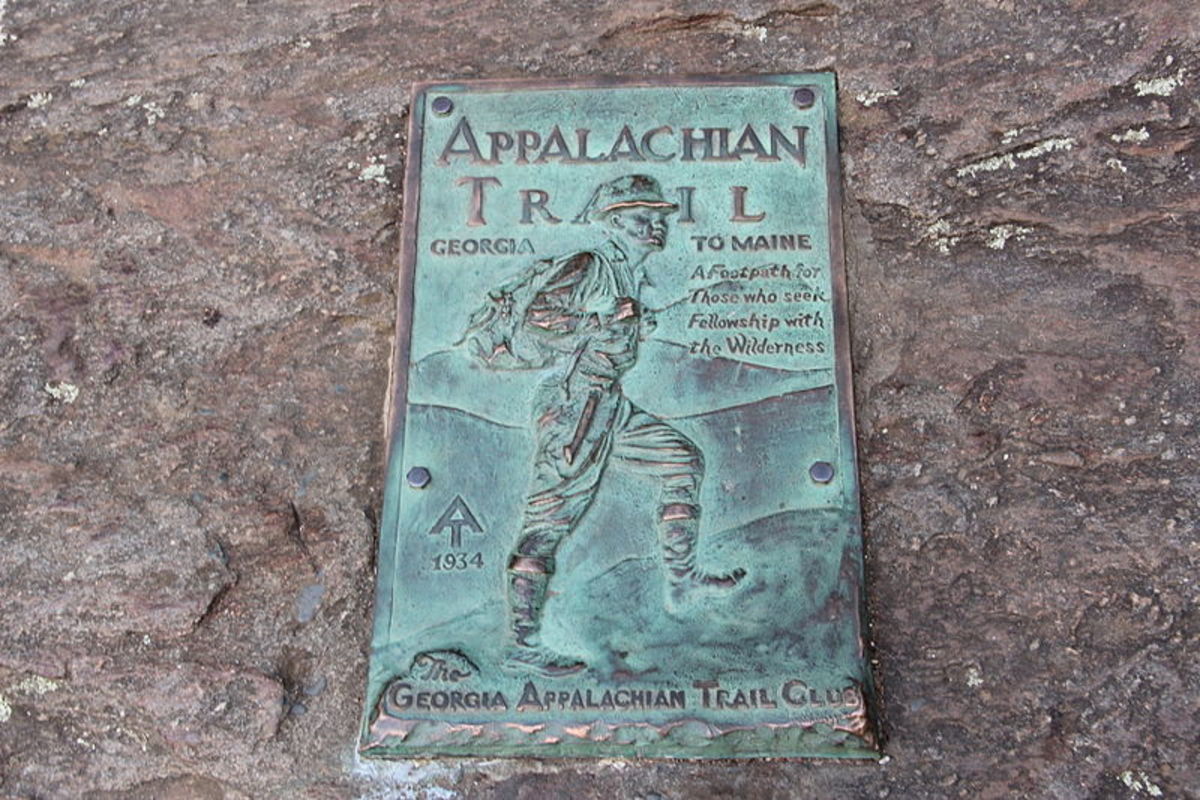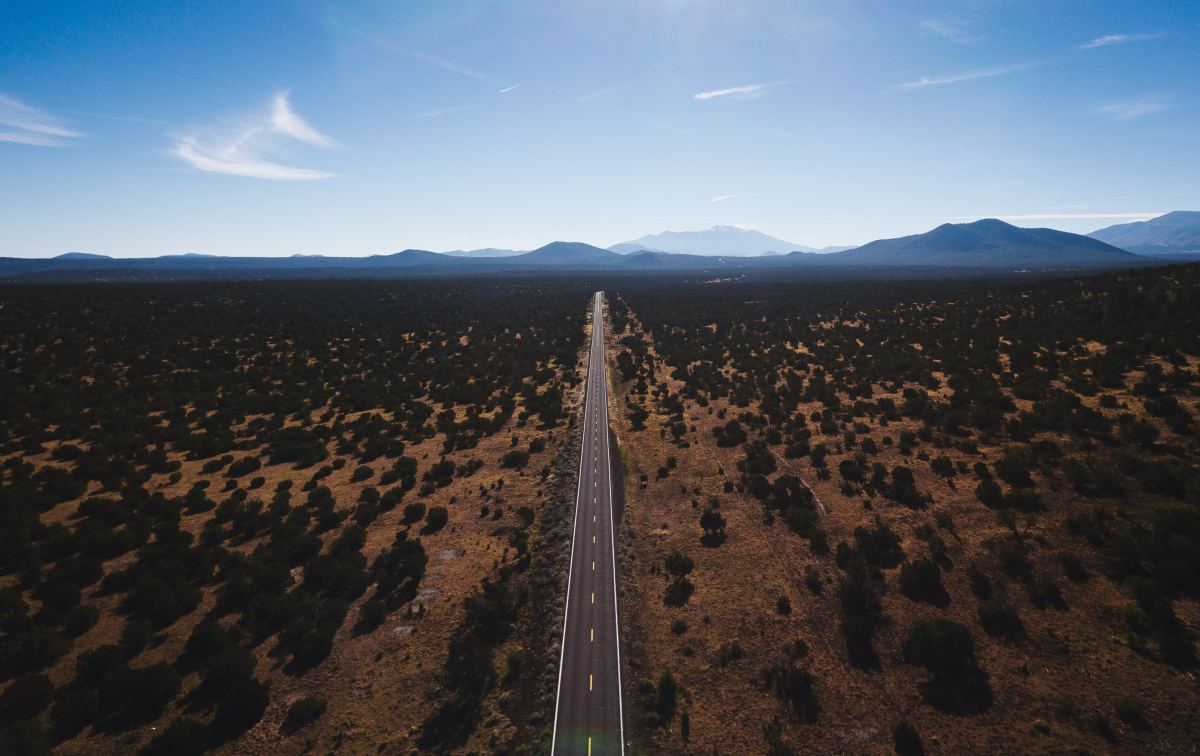Hiking in Florida: Dangers and Precautions
Introduction
The Wilderness Medicine Society reports that the majority of the lost are poorly prepared day hikers who get disoriented, wander off trail, get exhausted, or injured. I became dangerously lost on a day hike through the Florida swamp because I underestimated the importance of careful planning and preparation. This article includes specific recommendations to insure that your day hike is safe and enjoyable.
Day Hike
At 1:30 p.m. on a steamy Sunday afternoon, I set out on a short hike at a large conservation park in the northern panhandle of Florida. This 3000 acres of boggy wetland swamp was thick with green palms, stunted pines and twisted oak trees, some laden with veils of Spanish moss. Signs warned of dangerous alligators and poisonous snakes and cautioned hikers to stay out of the water and avoid feeding or harassing the wildlife.
Swamp Trail
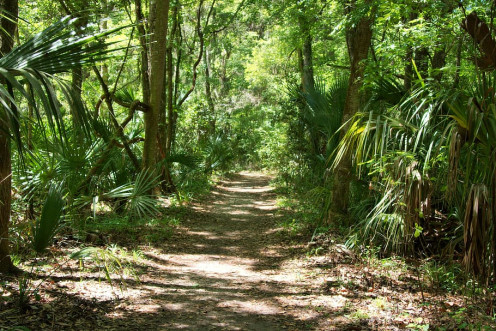
Topography
The land was flat and had few distinctive features to visually orient the hiker. Twenty-five miles of trails were marked with faded blazes and signs at intersections which were miles apart. Ambling along, casually noting the colored trail markers, I stopped frequently to admire wildflowers like the purple Lyre Leaf Sage or to photograph a soaring hawk in the thermal updrafts and a white egret patiently fishing in the shallows. Time slipped by until 4:30 p.m. when I realized I had taken the wrong trail and was lost. I had wandered far from the four mile trail loop which would have taken me back to the trail head.
Perspiration ran down my back as apprehension gave way to fear. The peril of my situation was real: lost, hours away from my destination without any survival gear, water or food. It was late afternoon and the lengthening shadows signaled the approach of darkness in a swamp which was home to dangerous reptiles, bears, and wild boar.
Dangers on the Trail
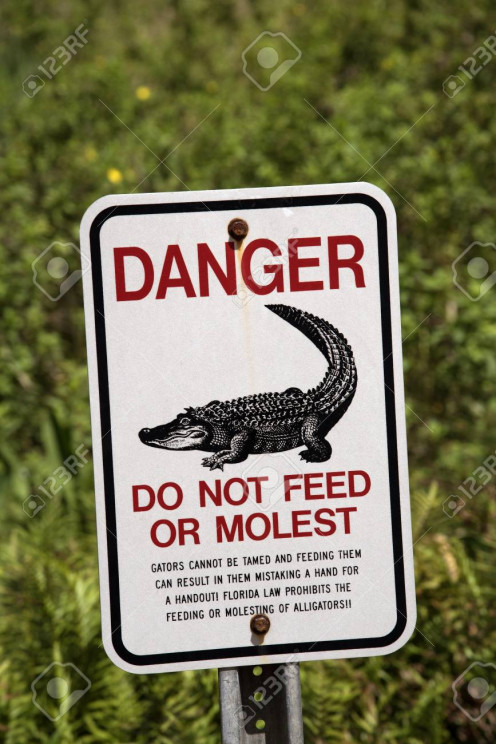
Reorienting
It would take me at least another three hours to backtrack and it would be getting dark. There was no cell phone service. My water was gone and I had consumed my only snack bar. Now I realized the danger of my situation. I was lost and completely unequipped to get stranded in this threatening environment. I could not safely bushwhack across the country, through the swamp, to save time, so I would have to be mindful at the next trail intersection in order to return south toward the trail head. I knew the sun would be following a path from East to West so I picked the trail with the sun to my back orienting me to the eastern park boundary which I reasoned was closest since I had been travelling northeasterly for some time.
After an hour of rapid paced hiking, I intersected the park’s eastern boundary and a service road stretching for several more miles south toward the trail head. The original two hour hike had taken seven hours and covered about 14 miles. I was tired and dehydrated, but safe. Although I was an experienced hiker, I made many novice mistakes that could have ended very badly. For the first time, I realized how easy it was to get disoriented and dangerously lost on a seemingly simple day hike.
National Statistics
Consider the national statistics which have been confirmed by my experience. It sounds incredible, but the Wilderness Medicine Society reports that the majority of serious incidents involving the lost and injured, are day hikers who fail to make careful plans or carry adequate provisions. Day hikers may erroneously assume that a hike of a couple hours will be easy, not require any special provisions or present any serious hazards. This type of thinking can aptly be described as the “day hikers fallacy.” This is precisely what happened to me. I reasoned that a short hike with labelled trails did not pose any danger or require any preparation beyond a water bottle and a snack bar.
The most common disaster scenario involves a hiker getting disoriented and wandering off trail, often hiking either uphill seeking a better view, downhill to find a water source or following an unknown trail, hoping it crosses a recognizable landmark. The effect of these errors can get the hiker increasingly lost, fatigued, thirsty and hungry. Every mile further a hiker gets lost requires rescuers to dramatically increase the area encompassing the search. So, for example, considering how the radius of a circle increases, if a hiker wanders an additional one mile off trail, searchers will have to cover an area of over three miles from his/ her last known location. If the hiker wanders two miles off course the search now expands to over twelve miles. 'Benjamin Franklin’s axiom, is an appropriate motto for day hikers: “By failing to prepare, you are preparing to fail.”
Recommendations
Following are my recommendations to ensure you have a safe outing:
-
Plan, research, and map your trip: distance, route, difficulty, terrain, weather.
-
File a detailed trip plan with a contact person who can alert authorities if necessary.
-
Select appropriate clothing to match the location, climate, and season.
-
Carry adequate water and food including extra rations.
-
Assemble emergency gear: navigation, communication, shelter, first aid.
Short Hike (1-2 hours/ 1-4 miles )
Limited preparation, gear, and supplies are all that is necessary on a short hike in an area where you are already familiar. Basics include appropriate clothing, water, and an energy snack. I also take my cell phone, and mini first aid-survival kit which contains band aids, small compass, whistle, and pocket knife. These items do not typically require a pack and can be comfortably stowed in cargo pockets or hung on belt clips.
Extended Day Hike (2-6 hours/4-12 miles)
Day long hikes especially in unfamiliar terrain require careful planning, maps, appropriate clothing, skills and gear to cover navigation, shelter, water purification, food, fire, signalling, and a first aid kit designed for day trips. This amount of gear is best suited for a waist pack or small backpack.
When Things go Wrong: STOP
When things go wrong, observe the acronym “STOP!”
S=sit down: calm down, get rested
T=think: assess your situation, evaluate needs
O=observe environmental resources: shelter, wood, water,food
P=Plan: determine how much daylight you have and set up camp or get re-oriented. Remember, if you realize you are lost and off your planned route it is frequently best to make camp and stay put until found. If you can reorient yourself, select the best route when you are rested and have adequate daylight to travel.
Summary
The majority of serious incidents involving the lost and injured, are day hikers who fail to make careful plans or carry adequate provisions. When a hiker wanders off trail the search area expands dramatically decreasing the likelihood of a successful rescue. Benjamin Franklin’s advice still holds true “An ounce of prevention is worth a pound of cure.” Planning, basic clothing and gear, and survival skills will protect you from the “day hikers fallacy.”

